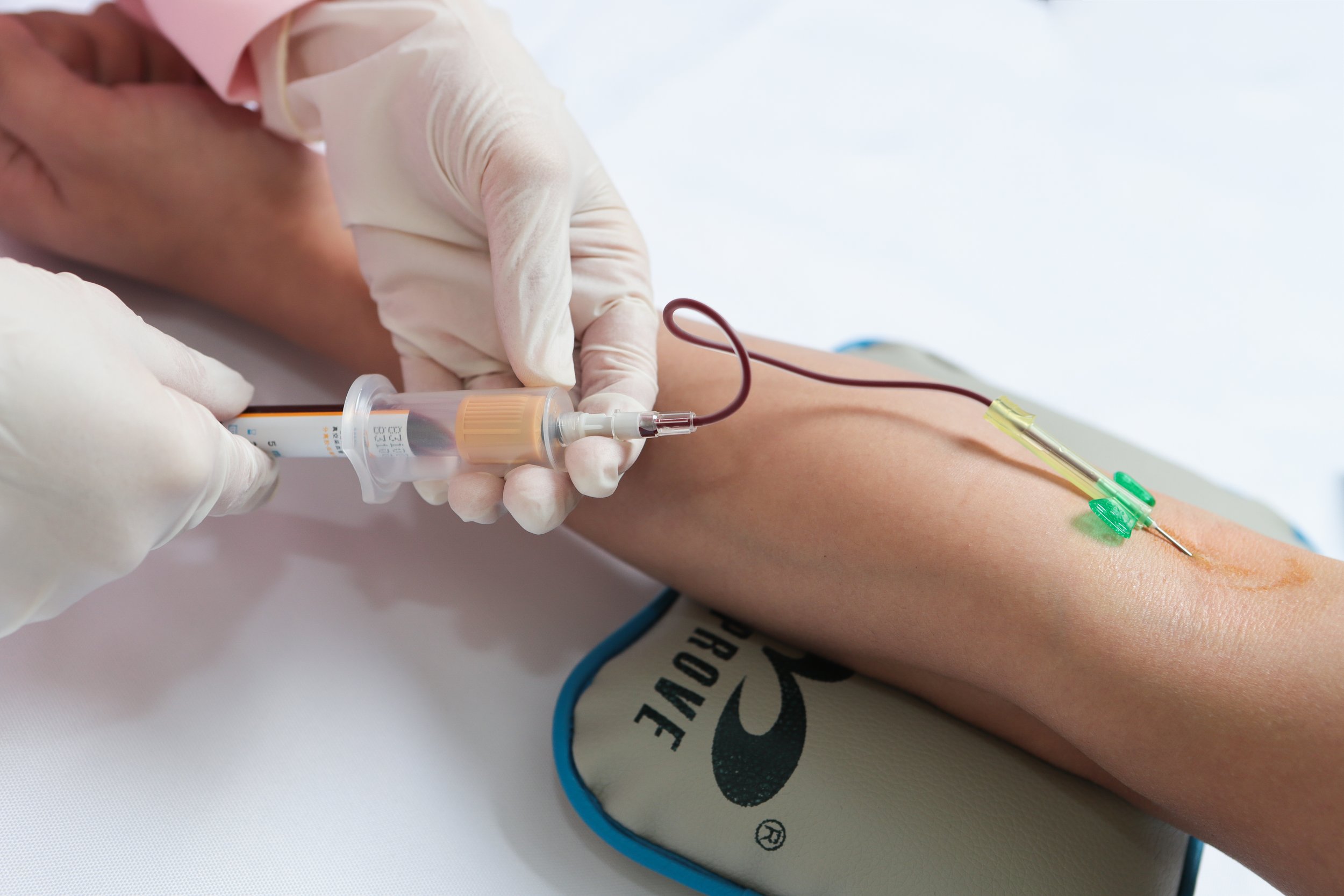Ensuring Ongoing Compliance in the Medical Lab and Phlebotomy Industry
Summary
- Understanding Regulations and standards in the medical lab and phlebotomy industry is essential for compliance
- Regular training and education for staff is crucial to ensure ongoing compliance
- Establishing clear communication and relationships with suppliers is key to maintaining compliance
Introduction
Working in the medical lab and phlebotomy industry comes with a high level of responsibility. Ensuring compliance with Regulations and standards is crucial to maintain the quality and safety of patient care. When working with suppliers in this industry, it's important to take steps to ensure ongoing compliance. In this article, we will explore what these steps are and how they can be implemented effectively.
Understanding Regulations and Standards
Before delving into specific steps that can be taken to ensure ongoing compliance with Regulations and standards, it's important to first understand what these Regulations and standards are. In the United States, the medical lab and phlebotomy industry is governed by a number of Regulations and standards set forth by organizations such as the Clinical Laboratory Improvement Amendments (CLIA), the Occupational Safety and Health Administration (OSHA), and the College of American Pathologists (CAP).
CLIA Regulations
The CLIA Regulations establish Quality Standards for all laboratory testing performed on humans in the United States. Labs that perform testing must be certified by CLIA to ensure the accuracy, reliability, and timeliness of patient Test Results.
OSHA Standards
OSHA sets forth standards to ensure safe and healthful working conditions for employees. These standards include guidelines for handling hazardous materials, such as blood and other bodily fluids commonly encountered in the medical lab and phlebotomy industry.
CAP Accreditation
The CAP accreditation program ensures that laboratories meet the highest standards of excellence in quality and patient care. Labs that are accredited by CAP have demonstrated a commitment to providing accurate and reliable Test Results.
Steps to Ensure Ongoing Compliance
Regular Training and Education
- Provide ongoing training and education for staff on Regulations and standards
- Encourage staff to stay current on industry updates and news
- Conduct regular audits and inspections to ensure compliance
Establish Clear Communication
- Communicate regularly with suppliers to stay informed of any changes or updates
- Establish clear expectations and guidelines for suppliers to follow
- Address any compliance issues or concerns promptly and effectively
Develop Strong Relationships
- Build strong relationships with suppliers based on trust and open communication
- Work collaboratively with suppliers to address compliance challenges and find solutions
- Regularly review supplier performance and compliance history
Conclusion
Ensuring ongoing compliance with Regulations and standards when working with medical lab and phlebotomy suppliers in the United States is essential for maintaining the quality and safety of patient care. By understanding Regulations and standards, providing regular training and education for staff, establishing clear communication, and developing strong relationships with suppliers, compliance can be effectively maintained. By following these steps, medical labs and phlebotomy facilities can operate efficiently and effectively while providing the highest level of care for patients.

Disclaimer: The content provided on this blog is for informational purposes only, reflecting the personal opinions and insights of the author(s) on the topics. The information provided should not be used for diagnosing or treating a health problem or disease, and those seeking personal medical advice should consult with a licensed physician. Always seek the advice of your doctor or other qualified health provider regarding a medical condition. Never disregard professional medical advice or delay in seeking it because of something you have read on this website. If you think you may have a medical emergency, call 911 or go to the nearest emergency room immediately. No physician-patient relationship is created by this web site or its use. No contributors to this web site make any representations, express or implied, with respect to the information provided herein or to its use. While we strive to share accurate and up-to-date information, we cannot guarantee the completeness, reliability, or accuracy of the content. The blog may also include links to external websites and resources for the convenience of our readers. Please note that linking to other sites does not imply endorsement of their content, practices, or services by us. Readers should use their discretion and judgment while exploring any external links and resources mentioned on this blog.
